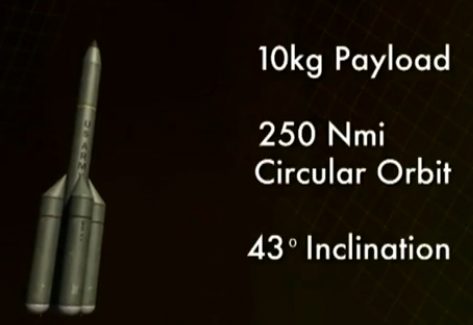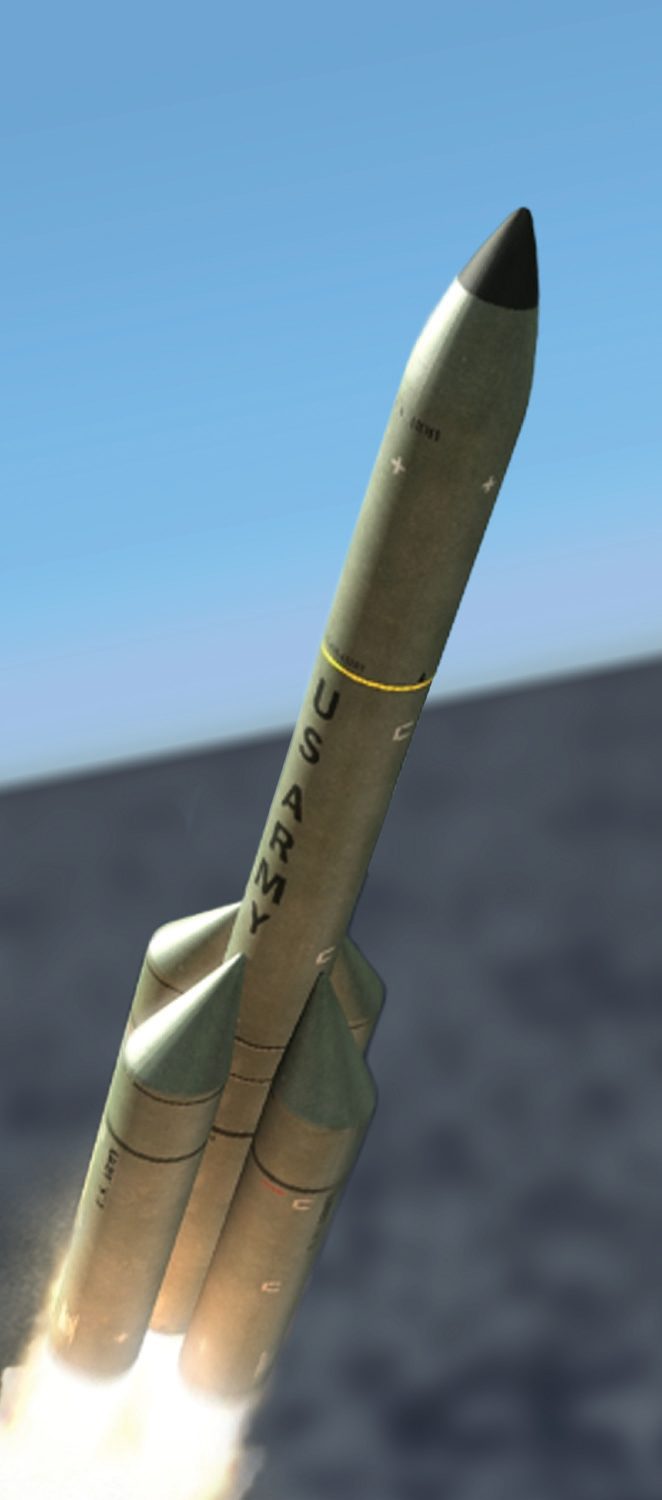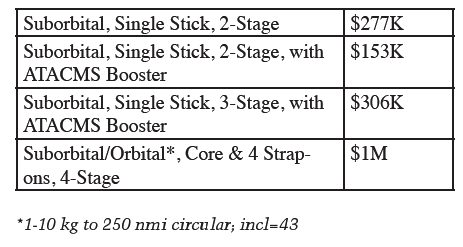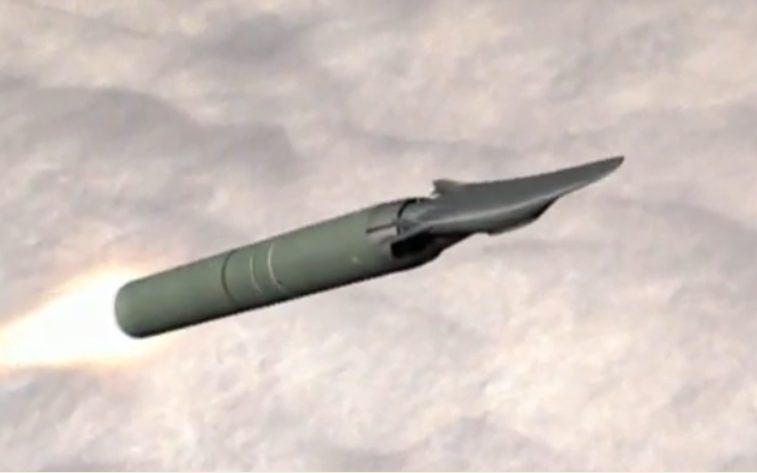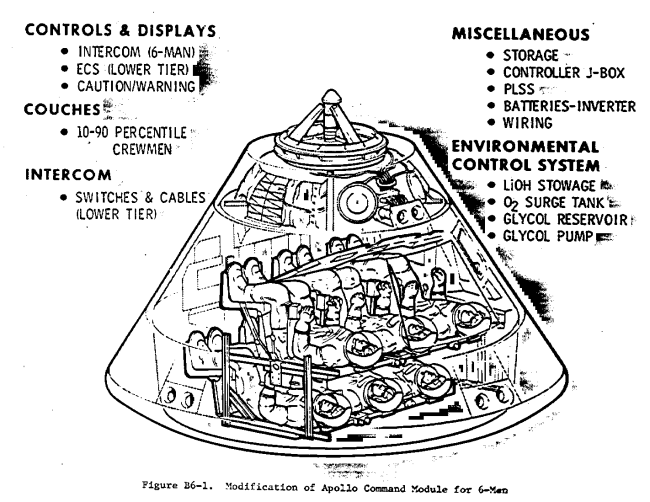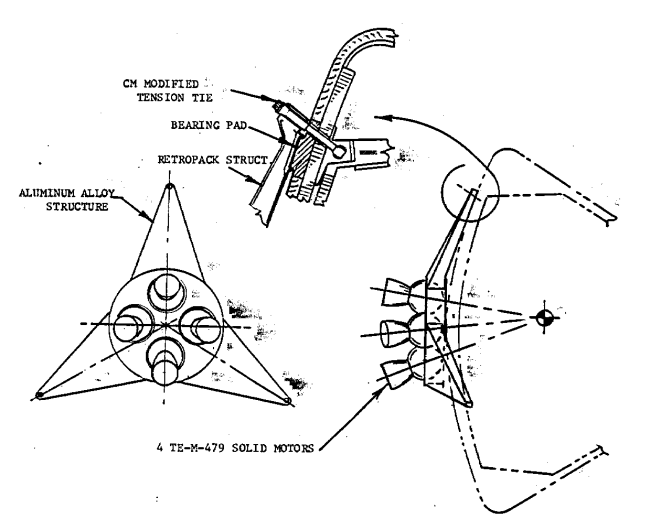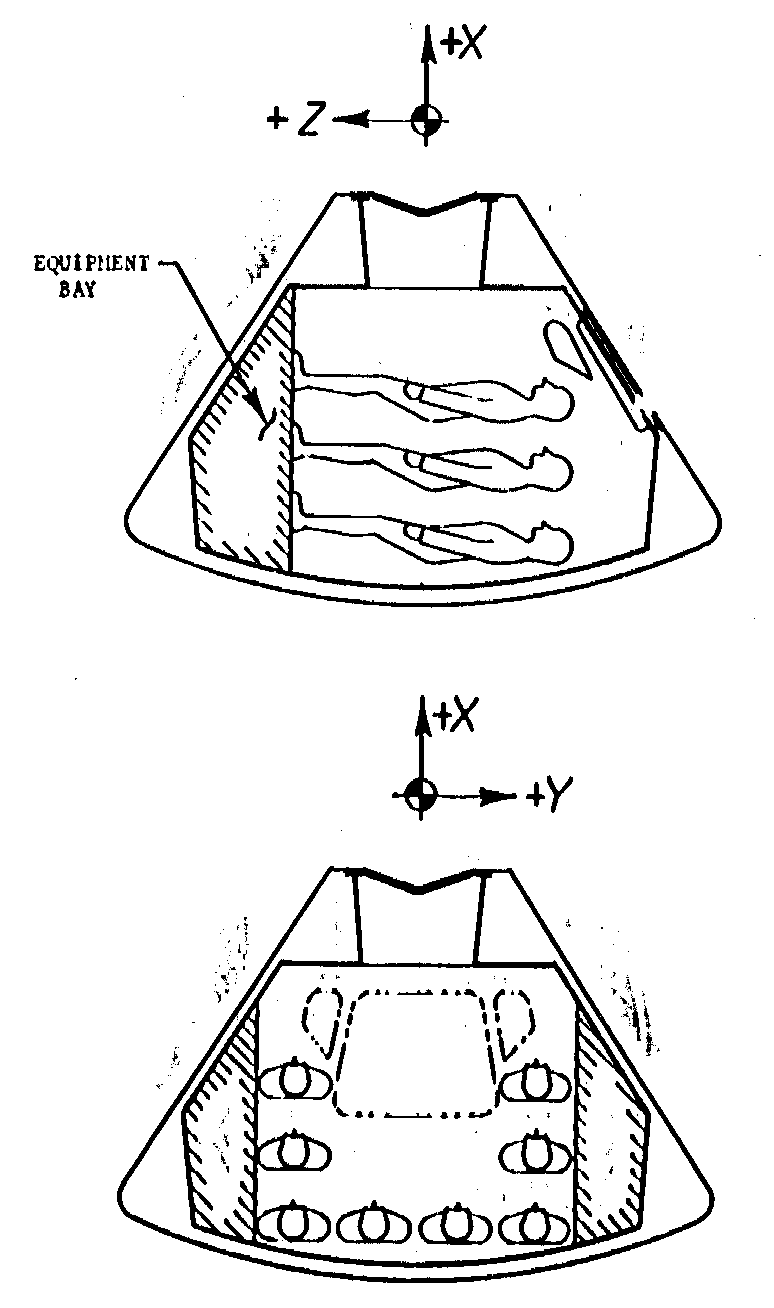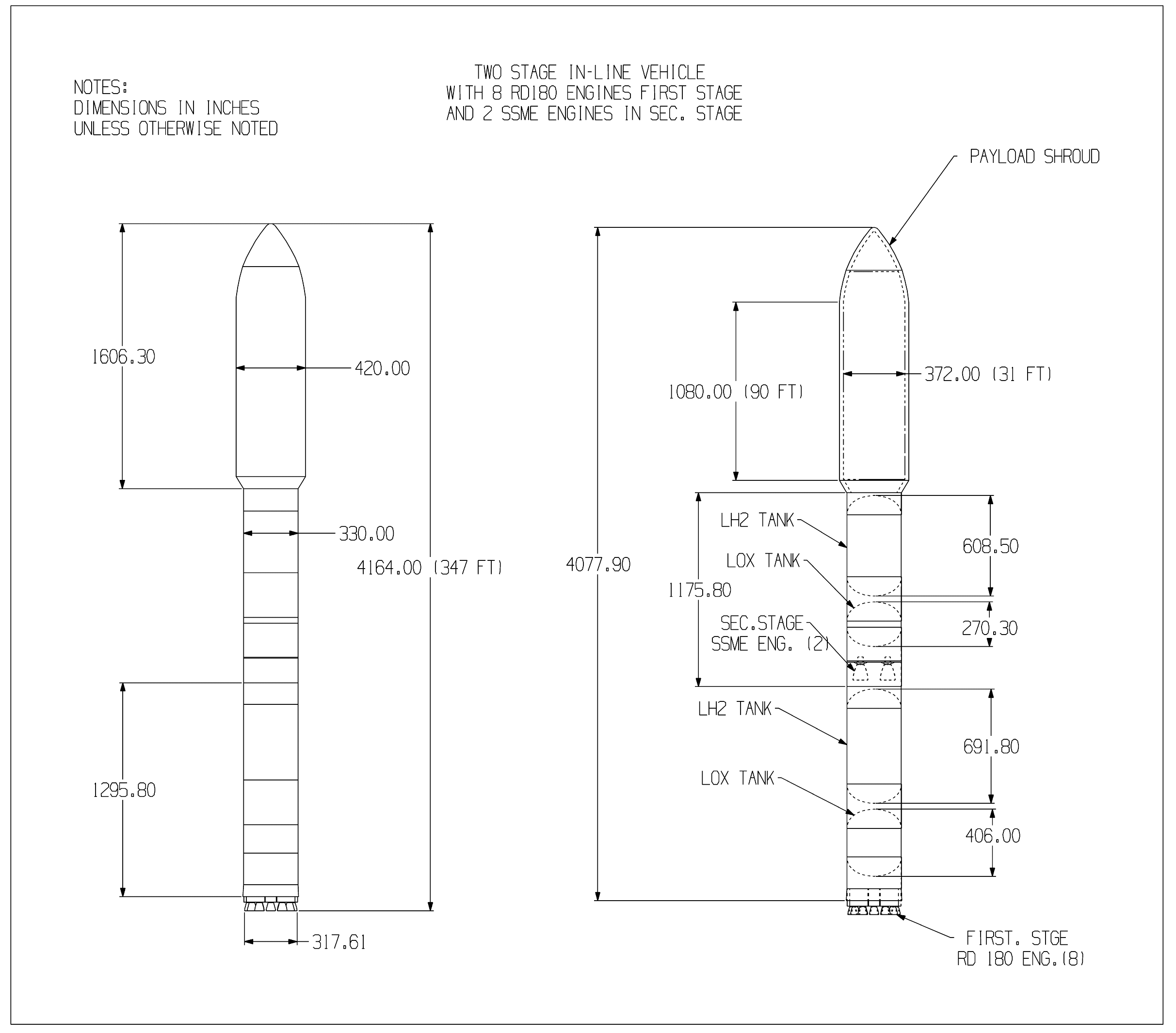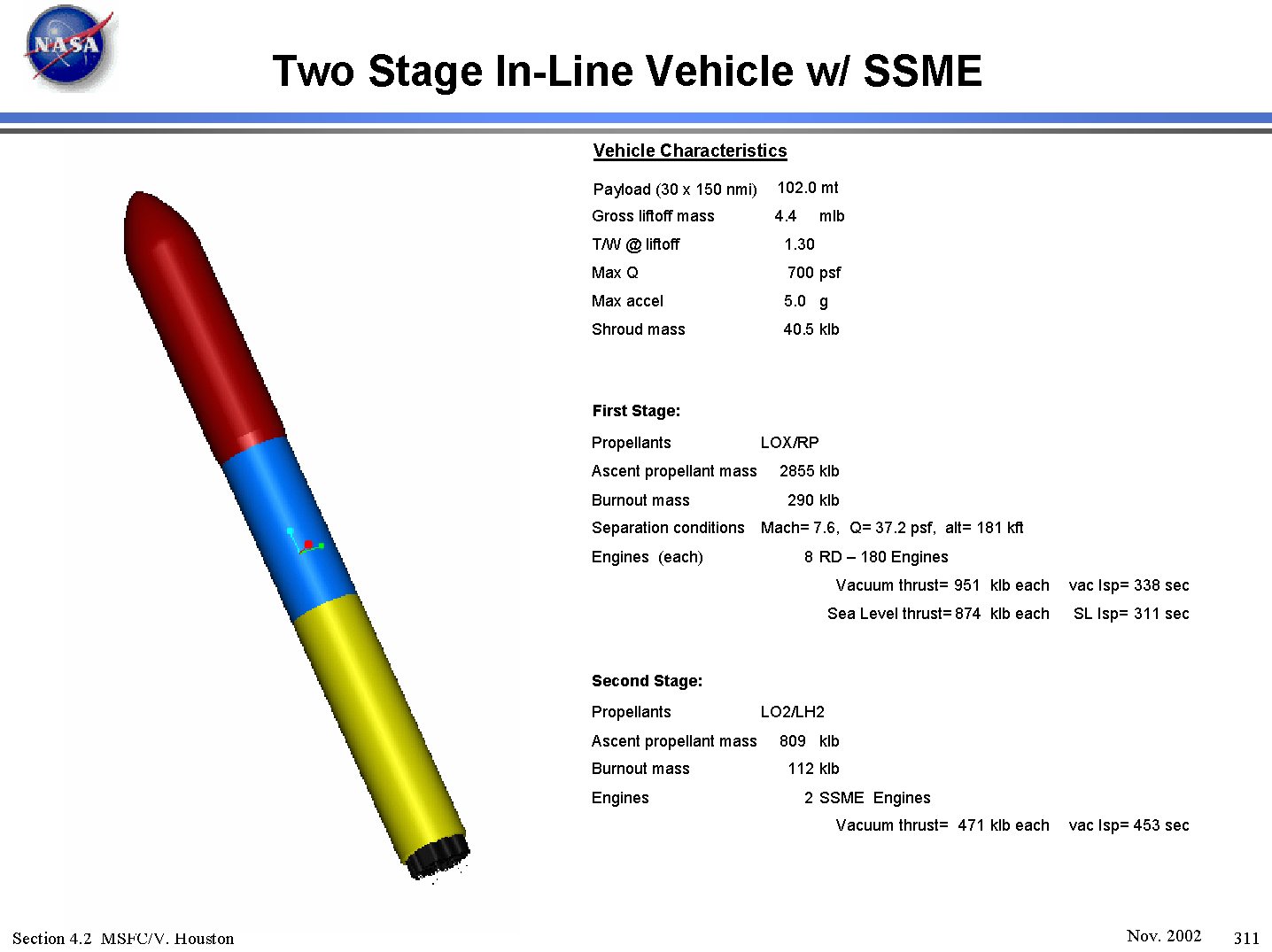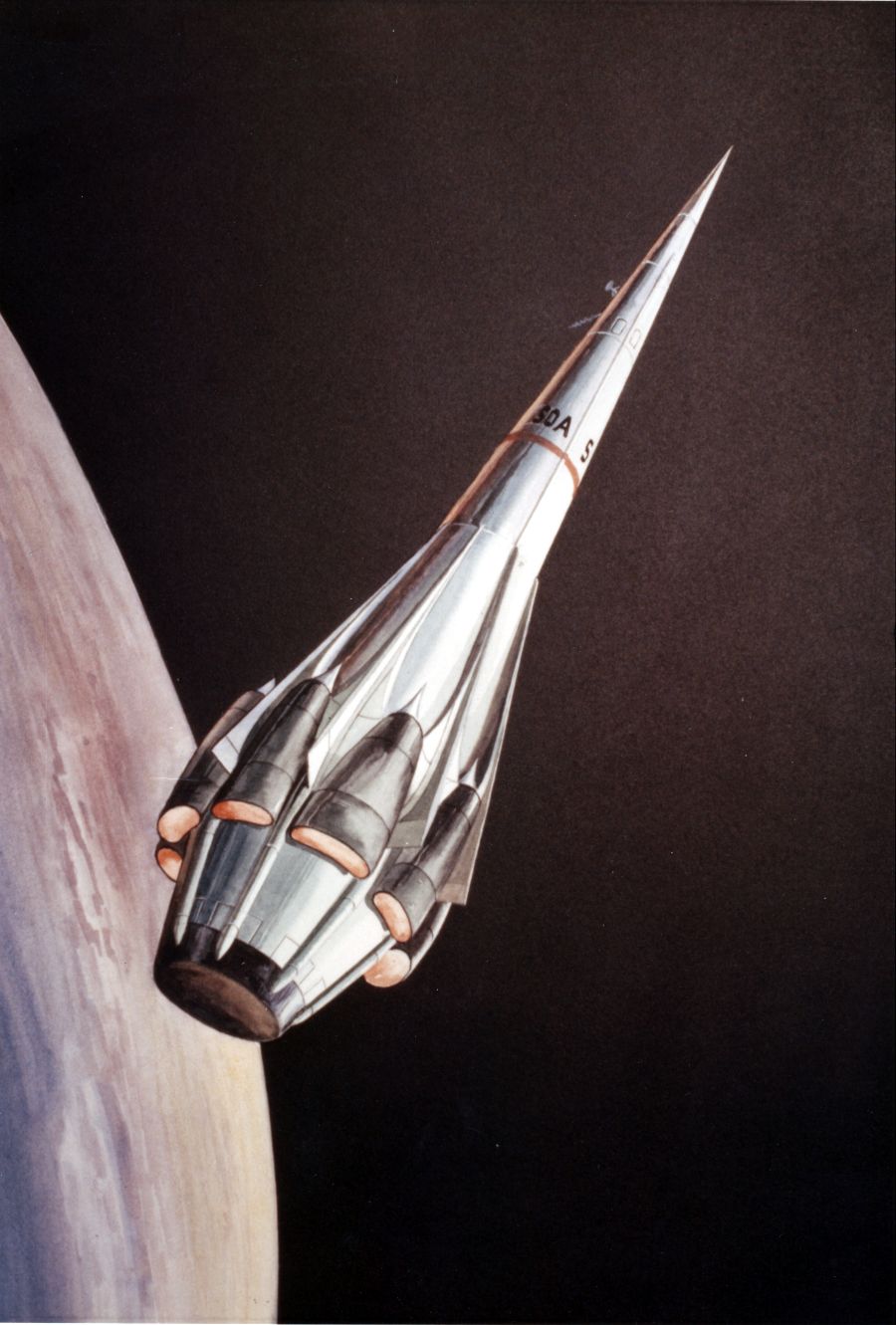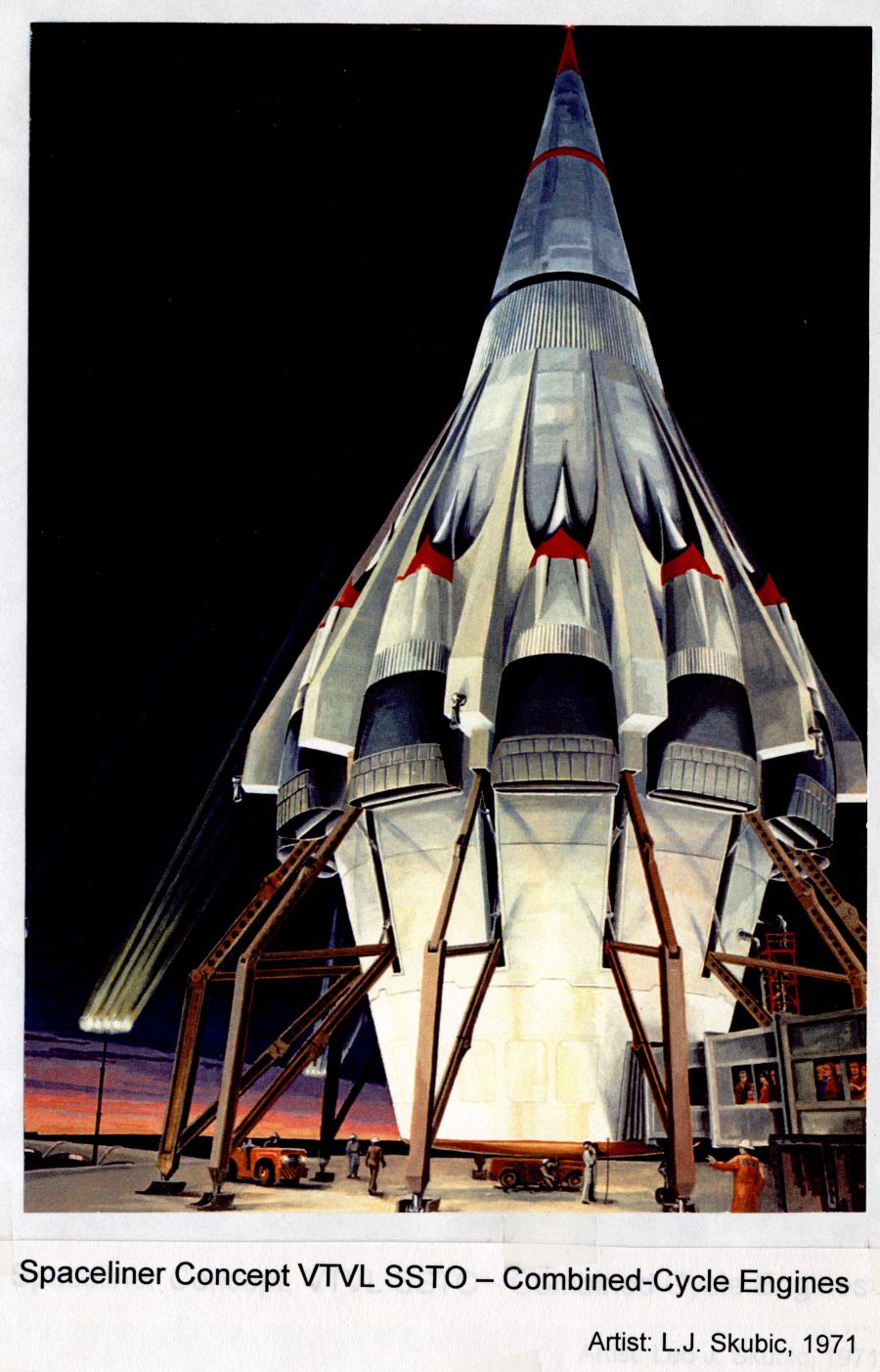As might be expected, one thing that grates on me is when aerospace data, experience and history vanishes. This happens entirely too often… mostly in the form of documentation being fed into shredders, incinerators or landfill. But it also happens with events. Events that should have been documented, but appear not to have been. One such event was the 4th Conference on Planetology and Space Mission Planning.
The first three of these conferences were held in the late 60’s/early 70’s, and are documented in densely packed proceedings published by the New York Academy of Science. The 4th Conference was different. Instead of being held in a hotel or a conference center, the 4th Conference was held on the Holland America cruise ship S.S. Statendam. The cruise was from December 4 through 13, 1972, left from New York, and lurked seven miles off the coast of Cape Canaveral… where the lucky passengers got to watch the launch of Apollo 17.
The list of presenters/speakers at the conference is fairly spectacular. I’ve got a list of who was supposed to speak on what topic… and nothing else. Unlike the first three Conferences, no proceedings seems to have been published. According to one source, a book was put together… but never released. There was some sort of problem between the Conference organizers and the cruise line, but exactly what, and what happened with the proceedings, I’ve not yet been able to determine. The closest I’ve come to a possible hypothesis: as a financial enterprise, the conference was apparently a disaster of epic proportions. From Time magazine, December 25, 1972:
The problem: only about 40 people bought the premium tickets; the remainder were various “guests,” including travel agents, some Philadelphia clothing-store executives and 15 fashion editors. Estimated loss on the great idea: $250,000.
According to the book Katherine Anne Porter: the life of an artist by Darlene Harbour Unrue (found in fragments on Google Books), only 100 people in total paid for the cruise, and those 40 “premium tickets” were the tickets to the conference itself. It seems that staggeringly few people wanted to pay the $400 for the conference on top of the $400-$900 for the cruise itself.
I don’t know who ate those losses. I expect that there were probably lawsuits… there’s always a lawsuit when a business venture tanks. Lawsuits might have interfered with any planned Proceedings. Or the financial disaster might have drained whatever budget there may have been for such a thing. Additionally, the brochure advertising the cruise listed as speakers Arthur C. Clarke and Werner von Braun, both of whom failed to appear (cause unknown to me).
Here’s what I know about the conference, how it was broken down into seminars and who was to speak on what (and, yes, I’ll probably make some spelling errors). I got this years ago from one of the presenters; I have been unable to determine if the pages these lists came from were just a brochure themselves, or part of the full Proceedings. Note that while the first three Conferences were pretty dry, technical stuff, the bulk of these presentations seem to have been highly steeped in the philosophical:
CORNUCOPIA OF SPACE (1st seminar 6th December)
Bruce Hunt: Co-Chairman
Donald Banks: Co-Chairman
Isaac Asimov: What is a Cornucopia
Norman Mailer: Is there a Cornucopia out there?
Pandora Duncan: Planetary rover designs
Robert D Enzmann: Out of the Cornucopia
Richard Hoagland: The Space Shuttle
Ben Bova: Expanding the Cornucopia
Berguet Roberts: Last Lunar Flight Dreams
ECOLOGICAL NICHES
Krafft Ehricke: Co-Chairman Extraterrestrial Industries
Kenneth Franklin: Co-Chairman
Eric Burgess: Emerging Conscience of Man
Roger Caras: Earth the Teacher, Lessons learned from out 1st planet
Isaac Asimov: A heirarchy of niches from comets to Earthlike planets
Neil Ruzic: Development of the moon as a niche
Richard Sternbach: Experiment that failed
Don Davis: Paintings: Clones
PROPULSION INTELLIGENT MACHINES AND SOCIO-GENETIC CHANGE
Roger Caras: Co-chairman
Harry Stine: Co-chairman The Third industrial Revolution
Robert Heinlein: Genetic fitness, Social fitness, training & technology and communications
Marvin Minsky: Artificial intelligence
Sarah Meltzoff: Universals, Cultural viability, economic specialization
Janet Jepperson: Psychological barriers to full realization
Linda Sagan: Comment: Ultimate Machines
Krafft Ehricke: Comment: Ultimate Machines
ENERGY AND PROPULSION
Donald Banks: Co-Chairman Energy
Ben Bova: Co-Chairman
Werner Rambauske: Observation of the Universe
Brude hunt: Propulsion
Robin Anderson: Plowshare: Big guns for the benefit of the people
Fred Pohl: The shape of shadows from the future
Carl Sagan: Interstellar probes and Pioneer 10
Neil Ruzic: Human acquisition of Moon and its effects on war and peace
THE GRAND DESIGN
Gillet Griffin: Co-chairman
Eric Burgess: of Mankind but no longer Men
Cassandra Boell: Space states and the howling of beasts
Harry Stine: Comment: Ultimate Machine
Robert D. Enzmann: Statement of grand design, & galactic fertile crescent
Robert Heinlein: The grand design
Theodore Sturgeon: Communications, The Cold Equations, and the grand design
Fred Pohl: Star flight and relativistic twins “lost in space”
Fred Ordway: Use of satellite systems for education
Marvin Minsky: Artificial intelligence and the grand design, have we nurtured “The Descent of Machines?”
Richard Sternbach: Paintings: Mankinds’ grand design
SCIENCE, ART, COMMUNICATION, AND COSMOLOGY
Neil Ruzic: Co-chairman
Eric Burgess: Co-chairman
Donald Burgy: Order theory: an art exhibit in the clipper room
Gillett Griffin: Migrations of men and their art
Isaac Asimov: stellar types and organic evolution
Robert D Enzmann: Force= dp/dt (F=/ma) and e=hv(1-d/D) That is an intellectual revolution
Ben Bova: galaxies and quasars
Norman Mailer: Revolutionaries of science and technology
Donald Davis: Paintings: Cupules and stick charts
POST SYMPOSIUM COLLOQUIUM
REVOLUTIONARY
POST SYMPOSIUM
COLLOQUIUM
GRAND DESIGN
AND
PHYSICS
—————
Now, a lot of the topics… I don’t even know what they hell they’re talking about. Presumably the “Grand Design” was some agreed-upon concept prior to the conference, but I’ve no idea what it is other than a hundh it was something about interstellar colonization.
There were a great many events in history that I’d like to have a time machine and a video camera for (along with body armor, adequate weaponry and a complete series of vacinations). This is one of those. Not so much because we can look back on this event as one of those “and this is when it all began” moments… because it’s not. It seems to have quite effectively vanished down the memory hole, with little to no historical impact (although some references I found online suggest that this gathering was the start of the modern pro-space movement). No, I want to go back and record this… just to find out what the hell actually happened.
If you happen to know one of the speakers listed here, I’d certainly be interested in anything they have to say on this topic. I’d be thrilled if they say somethign like “Yeah, I got a copy of the Proceedings, let me dig it up.”
